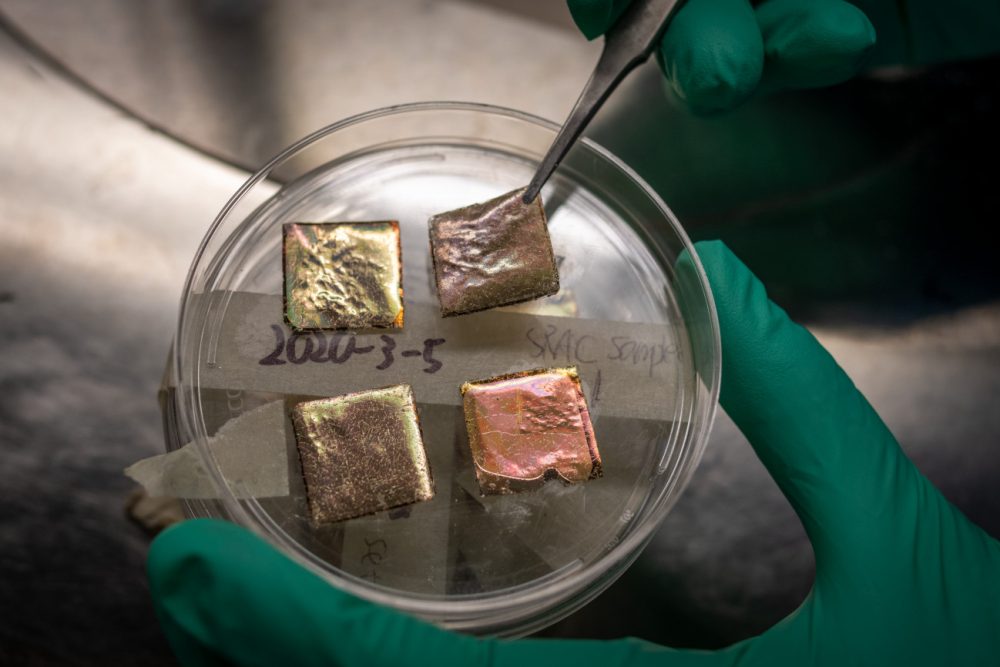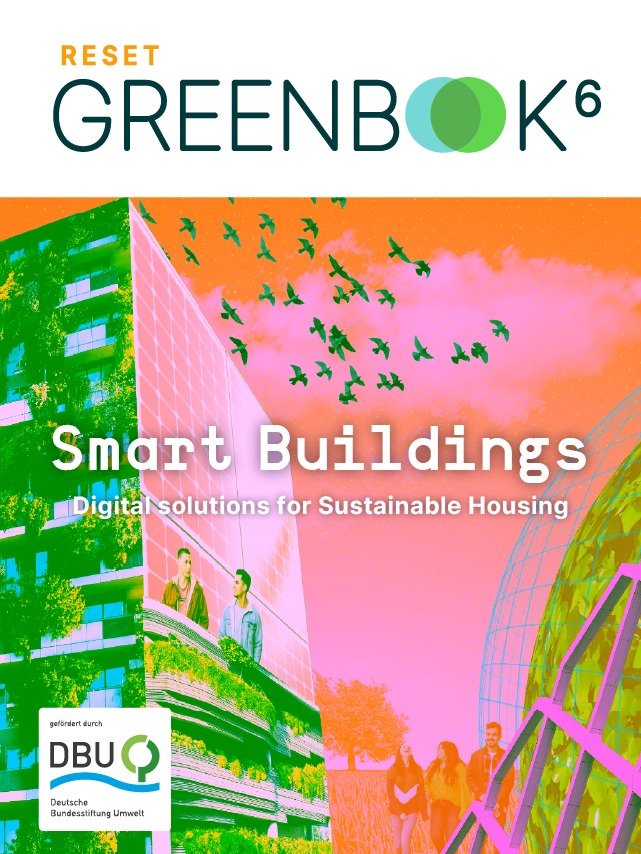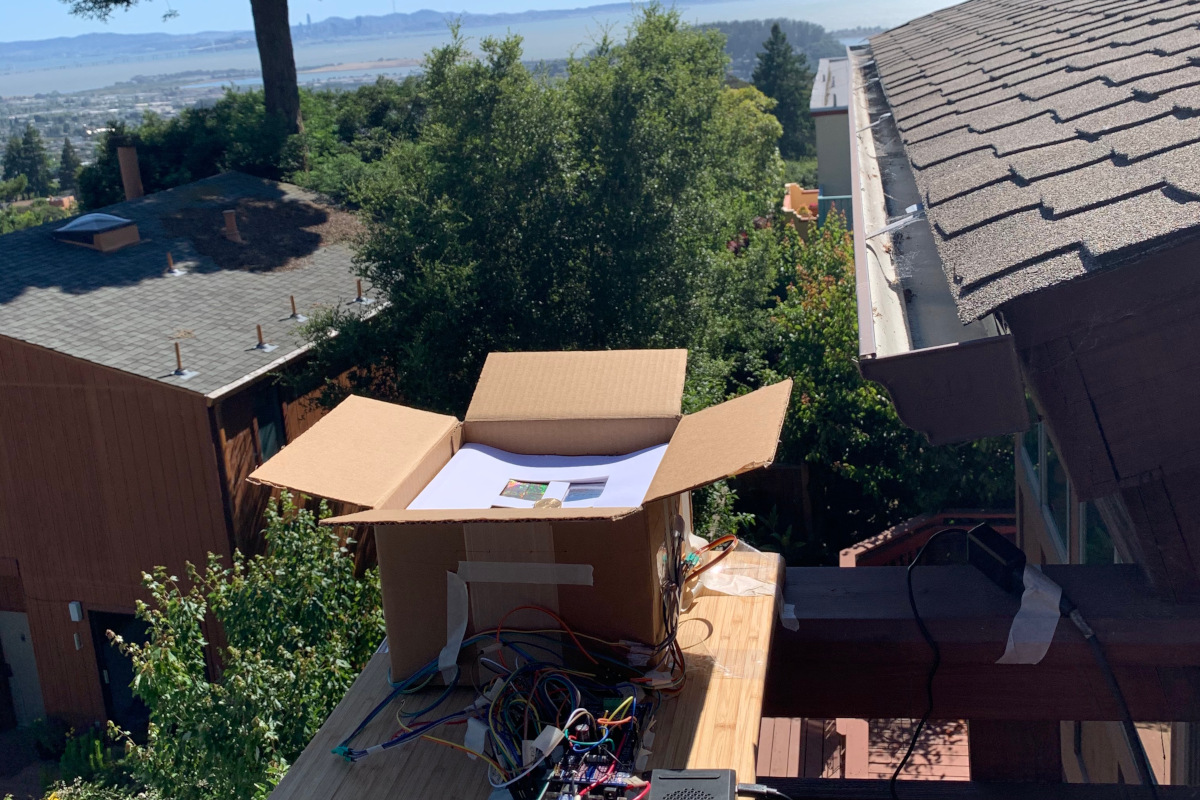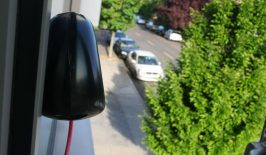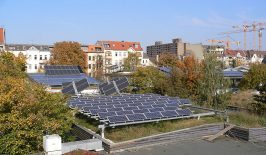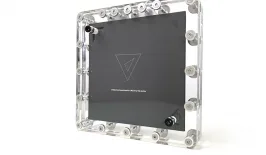As seasonal variations in weather become more extreme as a result of climate change, so too do the emissions associated with heating or cooling homes and businesses. In the US, about 13 percent of carbon emissions result from residential use, which in the winter months, is often the result of increased heating costs. The United States Environmental Protection Agency suggests the introduction of more efficient heating and cooling systems could go a long way to helping reduce this dependency.
Now, researchers at UC Berkeley’s Materials Sciences Division have developed a new product which could help achieve this goal with zero consumption of electricity and zero emissions.
The team has developed a new material dubbed TARC or temperature-adaptive radiative coating. The key to its success is its ability to change properties as the temperature fluctuates throughout the day or year. Currently, traditional roofing tiles, shingles or membranes rely on the use of “cool-coloured” surfaces to absorb or reflect sunlight. Lighter colours will emit some of the solar heat they absorb as thermal-infrared radiation, in a natural process known as radiative cooling.
Buildings are a CO2 heavyweight: the construction, heating, cooling and disposal of our homes accounts for around 40 percent of Germany’s CO2 emissions. We will only achieve our climate goals if these emissions are massively reduced.
But how can we achieve the sustainable transformation of buildings and what role do digital solutions play in this? The RESET Greenbook provides answers: Building transformation – intelligently transforming houses and neighbourhoods.
This approach helps to cool buildings during hotter periods but also causes issues in colder months of the year. During winter, cool-coloured surfaces continue to reflect thermal-infrared radiation, cooling the building and necessitating the increased use of heating systems, resulting in higher emissions.
The Berkeley team’s goal was to develop a material which could provide benefits of heating and cooling at different times of the day or year. Eventually, they arrived at a metal called vanadium dioxide, which has the ability to change properties in different heats. Known as a phase-change material, vanadium dioxide becomes an insulator when temperatures are cooler, keeping heat within a building. At lower temperatures, the TARC is also transparent, meaning it will not absorb – and then radiate – as much thermal-infrared radiation.
At higher temperatures, around 67 degrees Celcius, vanadium dioxide shifts to become a metal conductor which can absorb, and then radiate the heat away from a building. Essentially, a TARC coating provides the ability to automatically heat or cool a building without the need for any kind of electricity or oversight.
The team conducted a series of experiments to ascertain the impact of TARC coatings on roof tiles. The TARC itself is a tape-like material, allowing it to be quickly and conveniently attached to preexisting structures. After setting a baseline performance in real-world testing in California, data from the experiment was then used to simulate performance in 100,000 theoretical buildings across 15 different climate zones within the continental United States.
Their results suggested the new TARC outperformed existing roof coatings in 12 of the 15 zones, especially in regions which experienced wide temperature fluctuations between day and night, such as San Francisco, or between summer and winter, such as New York City.
According to the researchers measurements, a TARC reflects around 75 percent of sunlight throughout the year, but it emits about 90 percent of thermal radiation in warm ambient weather (above 25 degrees Celsius). This automatically lowers in cooler temperatures helping to retain heat from solar absorption and internal heating. This could reduce heating requirements by around 10 percent. Researcher Junqiao Wu explained:
“Simple physics predicted TARC would work, but we were surprised it would work so well. We originally thought the switch from warming to cooling wouldn’t be so dramatic. Our simulations, outdoor experiments, and lab experiments proved otherwise – it’s really exciting.”
The next step for the project is to conduct larger scale experiments to test the TARC’s performance as a practical roof coating, however the material may have other uses. It could also be used to thermally protect batteries, increasing laptop or smartphone battery life, as well as protect satellites and vehicles from extreme heat. Its tape-like properties also means it could be used to potentially develop specialised temperature-regulating fabric for tents or even clothing.
